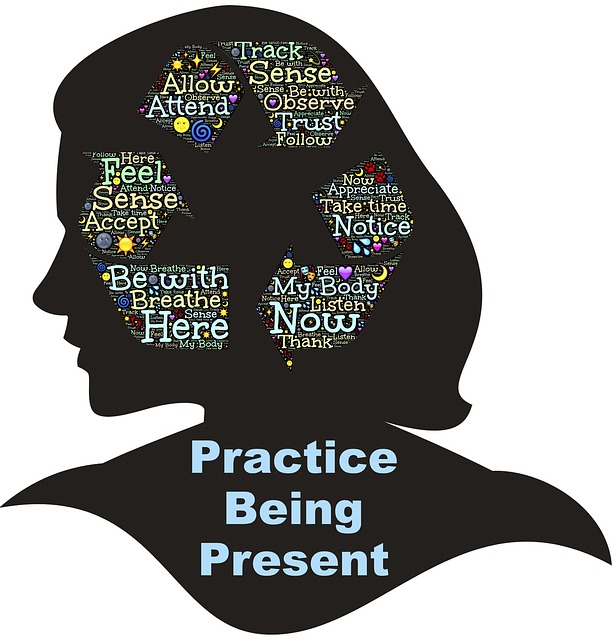When we first hear the idea of “being mindful”, we tend to associate the concept with thinking. If we are asked to do something mindfully, we assume that this means tackling a task with a clear plan of how we will do it, having a contingency plan if things go wrong and being conscious of the consequences, intended or unintended, of our actions.
In contrast, “being mindful” in the context of mindfulness training involves being fully present and paying full attention to some aspect of our inner or outer landscape.
It is the opposite of being “lost in thought” – absorbed in the endless procession of ideas that pass through our mind, minute by minute. Being mindful actually means shutting down our thoughts, being fully present and paying attention to our breathing, walking, eating, perceptions or some aspect of our body.
In somatic meditation, for example, we are focusing on our body through practices such as the whole body scan. This requires us to still our mind and focus our attention progressively on different parts of our body and release tension in our muscles as we undertake the scan.
Mindful breathing requires us to pay attention to our breathing while letting distracting thoughts pass us by. We need discipline to maintain our focus and avoid entertaining our passing thoughts. They can be viewed as bubbles of water floating to the surface and disintegrating.
Being mindful builds our ability to focus, to be present in the moment. As we grow in mindfulness through mindful practices, we gain the benefit of clarity and calm in situations that would normally cause us stress. Mindfulness also contributes to our health and well-being, builds our creative capacity and enables us to experience a pervaisve sense of happiness.
By Ron Passfield – Copyright (Creative Commons license, Attribution–Non Commercial–No Derivatives)
Image source: Courtesy of johnhain on Pixabay
